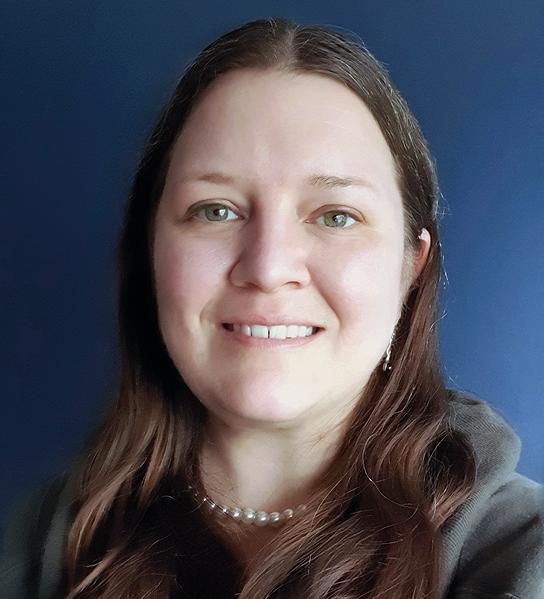Shrimp from Rheinfelden
SwissShrimp AG, based in Rheinfelden, Switzerland, is the largest producer of shrimp in Europe. Michael Siragusa, a chemist and Technical Operations Manager, introduced us to the company during a visit and explained why a fully automatic IC system from Metrohm plays the main role in monitoring water quality in the breeding pools.
An ideal location
Shrimp farms are usually associated with tropical fields, especially in Southeast Asia. Often, one also thinks of the dubious reputation these farms have due to their large ecological footprint. The SwissShrimp project in Rheinfelden shows that shrimp can also be produced on a large scale in Switzerland without exhausting nature and entirely without the use of antibiotics. According to Plant Manager Michael Siragusa, many individual factors are decisive for the success of the project. One of the most important of these is that SwissShrimp AG, at its Rheinfelden site, can cover a large part of the enormous power requirements for heating the breeding pools, at very favorable conditions, using heat from the nearby Swiss Salinen AG (Swiss Salt Works).
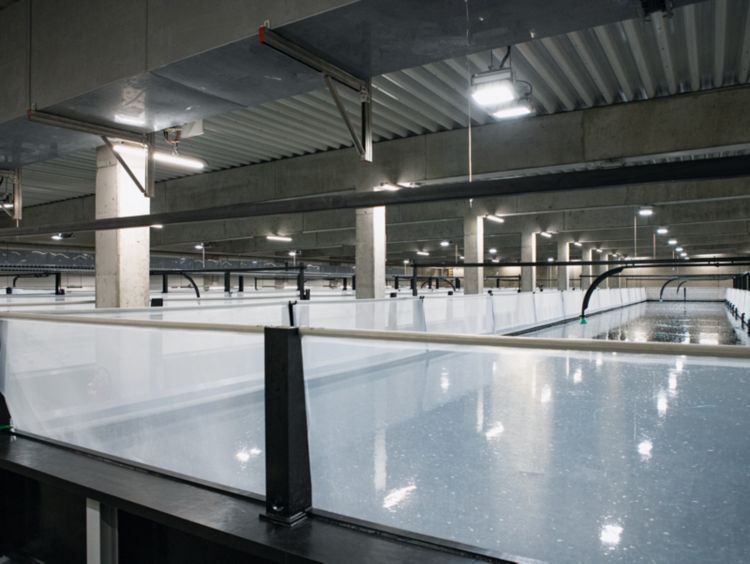
Large technical effort
There is a tropical climate in the companyʹs large, inconspicuous hall: shrimp of the species Litopenaeus vannamei (Pacific white shrimp) are raised in a total of 16 pools, each measuring 40 x 5 x 0.50 meters, on two floors. At a constant water temperature of 28 degrees Celsius, these pools each have up to 200,000 shrimp, with the animals in one pool all at roughly the same stage of development. SwissShrimp sources the larvae from special, certified breeders in Europe or the USA. It takes around six months before shrimp of up to 14 cm in length have developed from tiny larvae, which are barely two millimeters in size.
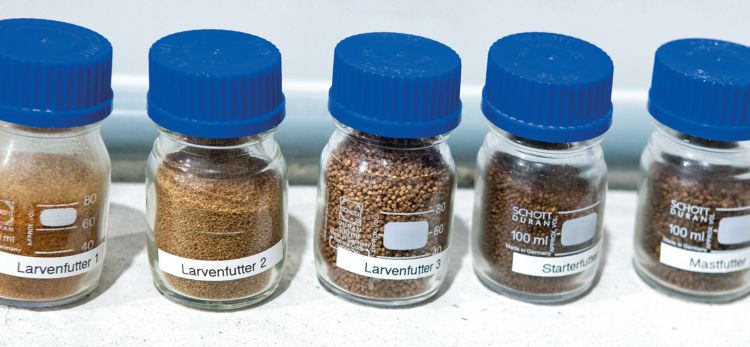
Until the shrimp grow to full size, they are fed automatically with a special, organic dry feed. The grain size and composition of this feed varies depending on the stage of development. The dense stocking of the pools means that cleaning the water requires a great deal of effort. In a total of eight water circuits, the entire volume in the breeding pools is cleaned mechanically, biologically, and chemically 20 times a day using the latest filter technology; three percent of this volume is replaced daily.
An IC system from Metrohm controls the water quality
When it comes to monitoring the water quality in the breeding pools, a fully automated IC system from Metrohm comes into play: In the SwissShrimp company laboratory, the water of each of the eight water circuits is examined daily for concentrations of toxic pollutants such as nitrite, nitrate, and ammonium, which are introduced into the water by the excretions of the shrimp.
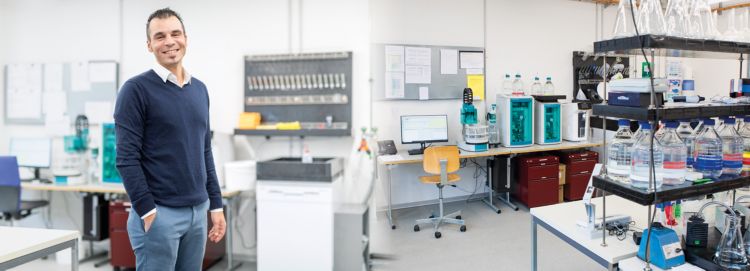
Download our free Application Notes below to learn more about ion chromatography and the analysis of nitrite, nitrate, and phosphate in seawater from a shrimp farm.
AN-U-010: Nitrite, nitrate, and phosphate in seawater from a shrimp farm
On the other hand, saltwater parameters important for the shrimp to thrive are measured. These include chloride, sodium, magnesium, calcium, and potassium. Given the sheer number of parameters that need to be monitored, the advantage of ion chromatography comes into effect: IC is a multi-parameter method, i.e. several different parameters can be determined with a single measurement. In addition, not only does the analysis run automatically, but sample preparation with the inline ultrafiltration and dilution steps is also integrated into this process. In fact, SwissShrimp does not need a full laboratory assistant position thanks to Metrohmʹs automated analysis system.
Learn more here about Metrohm Inline Sample Preparation (MISP) for difficult sample matrices.
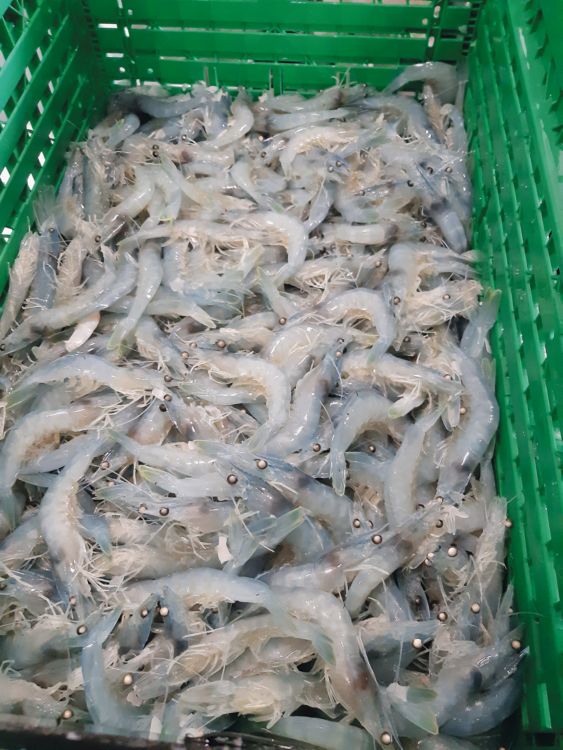
In the profit zone starting this year
The operation in Rheinfelden did not begin until 2018, and SwissShrimp is not yet operating profitably. However, production is expected to increase to 60 tons annually by the end of 2021. This is when the project, costing 25 million francs, would generate a profit for the first time. The company is currently investing in marketing in order to achieve this goal, because it is not yet well known that the best shrimp to be purchased in Switzerland come from Rheinfelden.
No frozen goods
Shrimp from Rheinfelden are a delicacy and are marketed as such, but only in Switzerland so far. Around 70 to 80 kilograms of shrimp currently leave the company every day, delivered only on order. The fresh shrimp are delivered directly to end customers and select markets of the two major Swiss retailers, Migros and Coop, via Priority Mail within 24 hours in special transport boxes specially developed for SwissShrimp with integrated Peltier cooling elements. On-site collection by the customer after ordering is also possible.
To learn more about the production of shrimp in Rheinfelden, visit the SwissShrimp website.
Your knowledge take-aways
Learn more about how automated IC analysis can help save valuable time in your lab
 Share via email
Share via email
